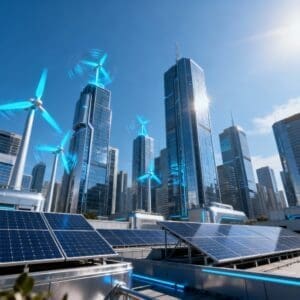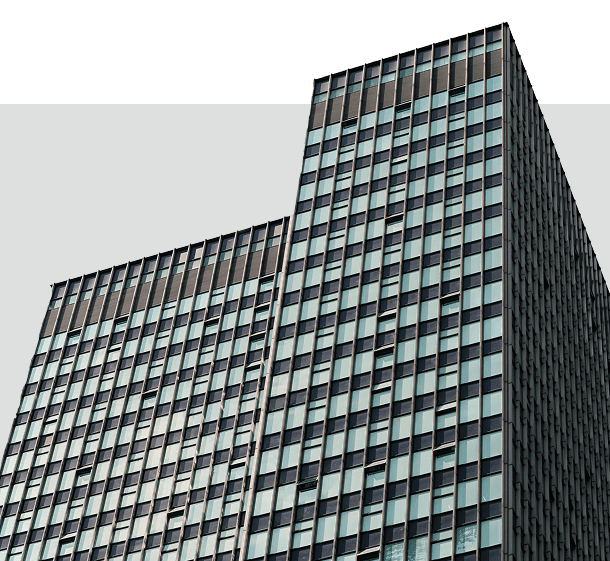When Concrete Learns to Heal: The Future of Self-Healing Infrastructure
Take a moment and look around. The floor beneath your feet, the walls that shelter you, the towering flyovers that carry you across the bustling cityscape of Hyderabad—our world is literally built on concrete. It is the strong, silent partner in our daily lives, the unsung hero bearing the weight of our ambitions. We see it as permanent, a symbol of brute strength, endurance, and stability. But like all things, even concrete has its limits. Over time, it grows tired. Fine, web-like cracks appear on surfaces, seemingly harmless at first, but these are the first whispers of decay. Tiny fissures act as open wounds, inviting water, salts, and other corrosive elements deep into the concrete’s heart, slowly weakening it from the inside out.
This begins a relentless and costly cycle of inspection, patching, and repair—a battle against time that never truly ends. Roads must be dug up, bridges must be reinforced, and buildings must be continuously monitored. The economic and environmental toll is enormous, and yet we have accepted it as an inevitable part of urban life. But what if we could rewrite this story? What if the infrastructure around us could do more than bear weight—what if it could sense damage and repair itself, just like living organisms do? This is not just an ambitious idea; it’s the emerging reality of self-healing concrete, a revolutionary leap in construction technology.
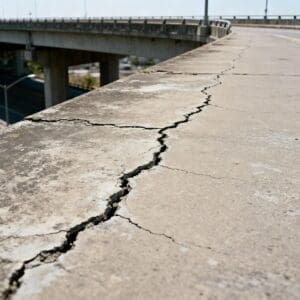
Self-healing concrete takes inspiration from nature, where systems are inherently resilient and capable of repair. Consider how your skin knits itself together after a cut, or how a tree seals a broken branch. Engineers and scientists are now attempting to endow concrete with similar regenerative abilities. Imagine buildings, bridges, and highways that don’t just stand firm but actively resist the decay of time. This “living concrete” does not rely on dramatic new materials that are immediately visible; rather, it integrates intelligent life forms, chemicals, and microstructures that act silently to detect and repair damage.
One of the most fascinating approaches involves the use of bacteria, tiny biological helpers embedded within the concrete. These microorganisms are chosen for their ability to produce limestone—a natural component of rock—when activated. Mixed into concrete in a dormant state and often sealed in protective microcapsules with a nutrient source like calcium lactate, the bacteria can remain inactive for years. But when a crack forms and water seeps in, it signals them to wake up. The bacteria consume the nutrient, produce limestone, and deposit it directly into the fissure, effectively sealing the crack from within. This process transforms concrete from a passive material into a living system capable of self-repair.
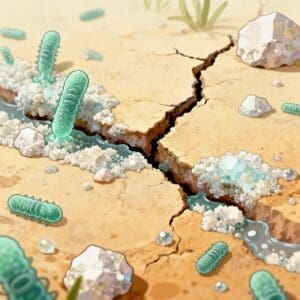
Another innovative method relies on chemical healing agents. Here, concrete is infused with tiny capsules containing liquid resins or polymer solutions. When a crack develops, it ruptures these capsules, releasing the resin into the void. Upon contact with air or other catalysts, the resin hardens, bonding the crack walls together with strength comparable to the original concrete. This self-sealing mechanism requires no external intervention and works continuously, preventing minor damage from escalating into structural failure. It’s a subtle, automatic response that makes the infrastructure smarter and safer.
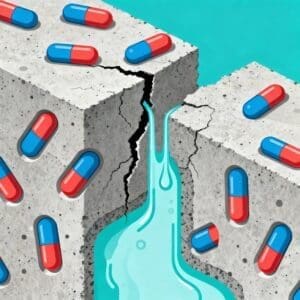
Scientists are also exploring ways to enhance concrete’s natural ability to heal itself, known as autogenous healing. Ordinary concrete possesses a limited capacity to repair micro-cracks as unhydrated cement particles react with water, forming calcium silicate hydrate and partially closing fissures. By incorporating special mineral admixtures, the process can be significantly strengthened, making it more reliable over time. The most futuristic vision even imagines “vascular concrete,” with a network of hollow channels running through the structure, much like veins in the human body. Healing agents could be pumped through these channels directly to the damaged area, ensuring precise and repeated repair. This is not science fiction—it is a serious blueprint for the next generation of resilient infrastructure.
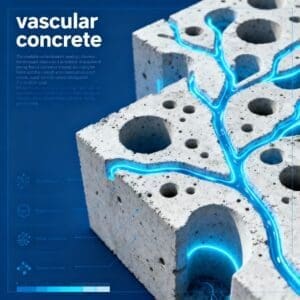
The implications of self-healing concrete are nothing short of transformative. Picture the Outer Ring Road repairing itself overnight, drastically reducing the need for disruptive, expensive roadwork and traffic diversions. Bridges, often vulnerable to corrosion and stress over decades, could maintain safety without constant intervention. Buildings exposed to environmental wear and tear or seismic activity could recover from minor damage automatically, enhancing durability and public safety. Beyond these practical advantages, there are profound environmental benefits. Cement production is one of the largest contributors to global carbon emissions. By extending the lifespan of concrete structures, we can reduce the frequency of demolition and reconstruction, significantly lowering the overall carbon footprint. Infrastructure that heals itself is not only more resilient but also more sustainable.
Despite the promise, challenges remain. Self-healing concrete currently costs more than conventional concrete due to the inclusion of bacteria, capsules, or special additives. Ensuring that biological or chemical healing agents remain viable for decades, potentially a century, requires rigorous research and testing. The long-term structural behavior of such materials under extreme environmental conditions is still being studied. Nevertheless, pilot projects around the world are demonstrating the feasibility of these concepts. From small-scale sidewalks to large bridges, early experiments show that self-healing systems can indeed perform as intended, opening the door to wider adoption.
In India, where infrastructure growth is rapid and urban environments are under immense pressure, the potential impact is enormous. Imagine flyovers in Hyderabad, Mumbai, or Delhi quietly repairing themselves, reducing maintenance costs and improving safety. Consider industrial facilities, residential complexes, and public buildings that remain structurally sound for decades longer, all while reducing the environmental cost of construction. The combination of technology, biology, and chemistry is ushering in a new era where buildings are not just constructed but nurtured, structures that actively defend themselves against decay.
We are standing on the threshold of a construction revolution. The next time you walk on a sidewalk, cross a bridge, or enter a building, remember that the silent strength beneath you may soon be more than just strength—it may be life-like resilience. Self-healing concrete represents a paradigm shift, where engineering meets biology, where structures are no longer passive and unyielding but responsive and regenerative. It is a vision of cities that can repair themselves, of infrastructure that endures and protects both people and the planet.
In the coming decades, as research progresses and costs decrease, self-healing concrete may become the norm rather than the exception. Our roads, bridges, and buildings will no longer just survive—they will thrive. We are learning to build not only with stone and steel but with an echo of life itself. Through this innovation, we are creating cities that do not merely exist—they heal, regenerate, and endure for generations to come.
